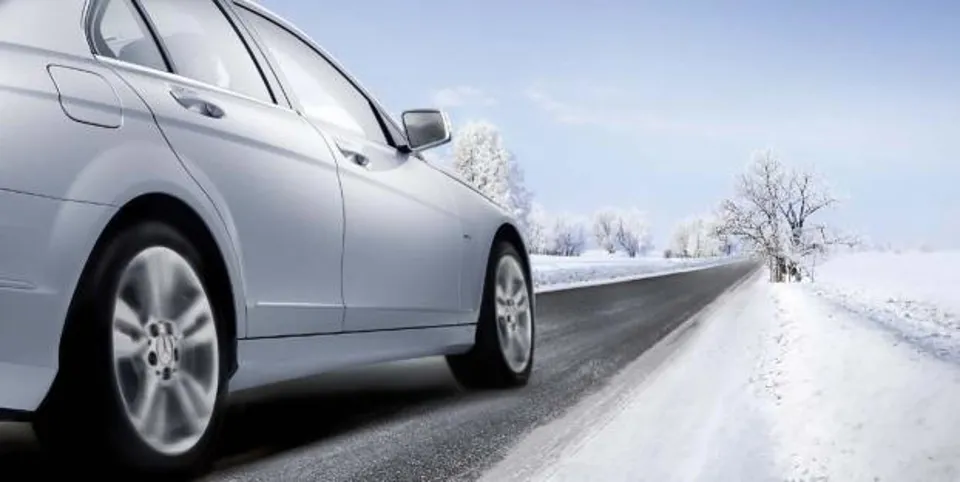Fog
What are the risks?
- Reduced visibility
Top tips for drivers
- Before setting off, clean your windows and windscreen and ensure all lights are working
- Clean the inside of the windscreen to help prevent it misting up and switch the air-con on
- Use fog lights if visibility is less than 100 metres and keep headlights dipped at all times
- Don’t rely on the car’s daytime running lights – they may not put the rear lights on
- Brake gently and earlier than usual so your brake lights warn drivers behind
- If visibility is very limited, at junctions put the windows down so you can listen for traffic
- Straining to see through thick fog will quickly make you tired, so take regular breaks
- Leave a three-second gap to the vehicle in front.
- Be aware of other drivers not using headlights
Low sun
What are the risks?
- Sun glare causes many accidents, particularly under clear skies at dawn or dusk
Top tips for drivers
- Clean the windscreen regularly, inside and out, to remove smears which will catch sunlight and impair vision
- Renew worn or damaged wiper blades to help improve vision. Blades last for two years at most
- If the sun is behind you, it’s in the eyes of drivers coming towards you. Be aware that they might not see you or the road markings between you and them
- Low sun can dazzle you via your mirrors so be ready to dip them and remember to check over your shoulder for vehicles in your blindspot
Snow and ice
What are the risks?
- Increased risk of skidding
- Stopping distances increase by up to 10 times in icy conditions
Top tips for drivers
- Pull away in second gear, easing your foot off the clutch gently to avoid wheel-spin. As you drive, stay in higher gears to avoid wheel-spin
- In automatics, be gentle with the accelerator and use whatever gearbox features that the car handbook says will help in slippery conditions
- If you have to use the brakes, apply them gently. Release the brakes and de-clutch if the car skids
- Get your speed right – not so fast that you risk losing control, not so slow that you risk losing momentum
- If your car loses grip and starts to slide sideways, take your foot off the pedals and point the front wheels where you want to go
- Pack an emergency kit including a warm coat, high visibility jacket, some food and water, a good pair of boots, de-icer and scraper, a torch, a spade and a mobile phone with a well-charged battery
- Increase your normal stopping distance (up to 10 times) from the vehicle in front




















Lesley Wade - 12/09/2014 08:26
Very Useful, able to take parts to use in updates